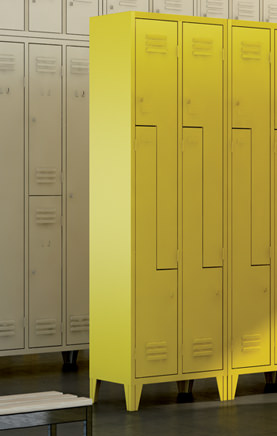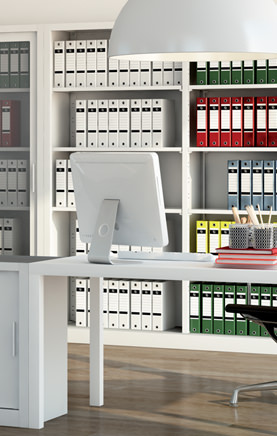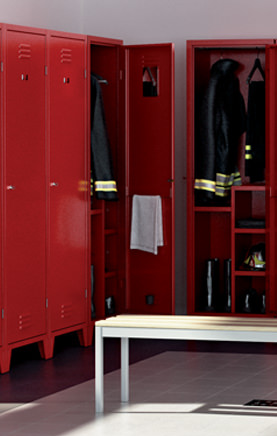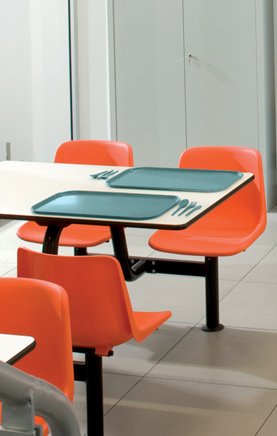Office &
Design
A product line studied to furnish every work environment with a distinctive style without sacrificing functionality.
discover moreIndustry & turnkey project
A wide range of customizable solutions to meet the businesses’ needs of all sizes.
discover moreSPACE FOR LIVING
A cabinet is not just a geometrical form made of wood or metal. For those who use it, it is a special space where precious objects and memories are kept. We could say that everyone has his own custom-made cupboard: our job is to understand which one. For this reason, Armet designs and builds its lockers and steel furniture with special care and attention to make them solid and functional, as well as colorful and cheerful, comfortable and safe, suitable for any situation.
The highlighted series by Armet
A selection of our best proposals. Choose the one that's right for you.

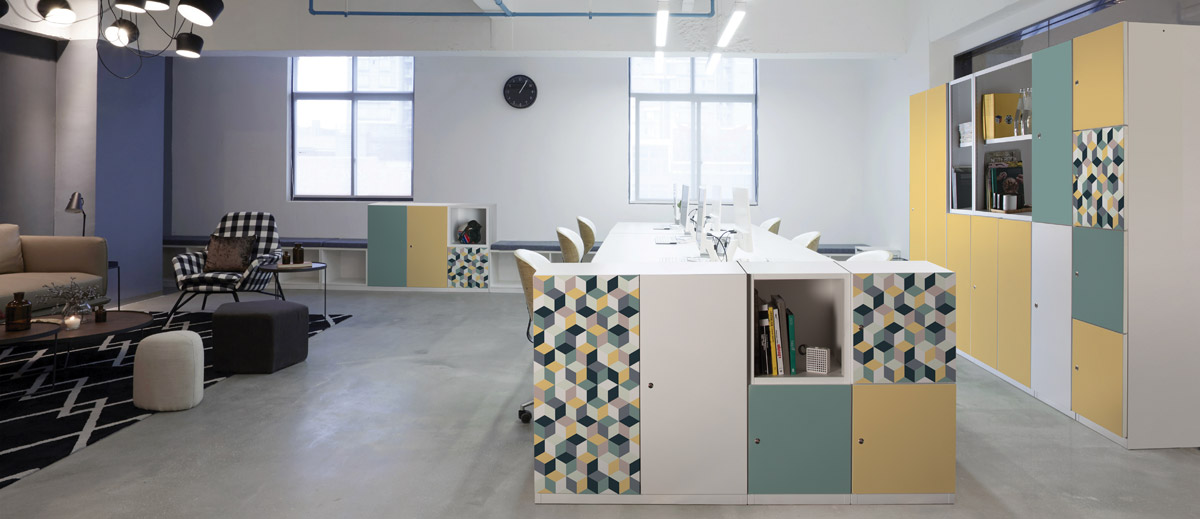
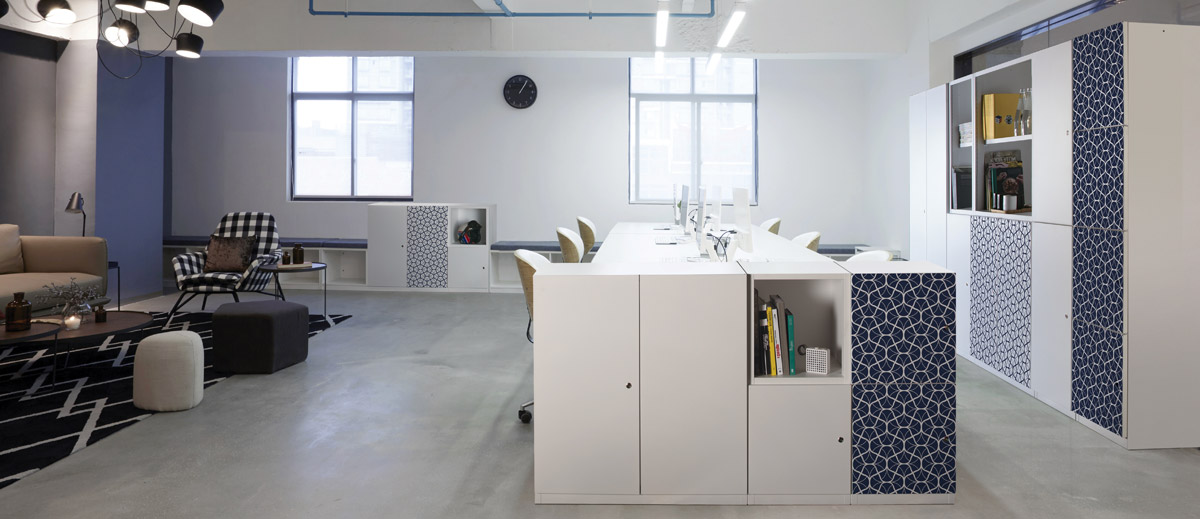
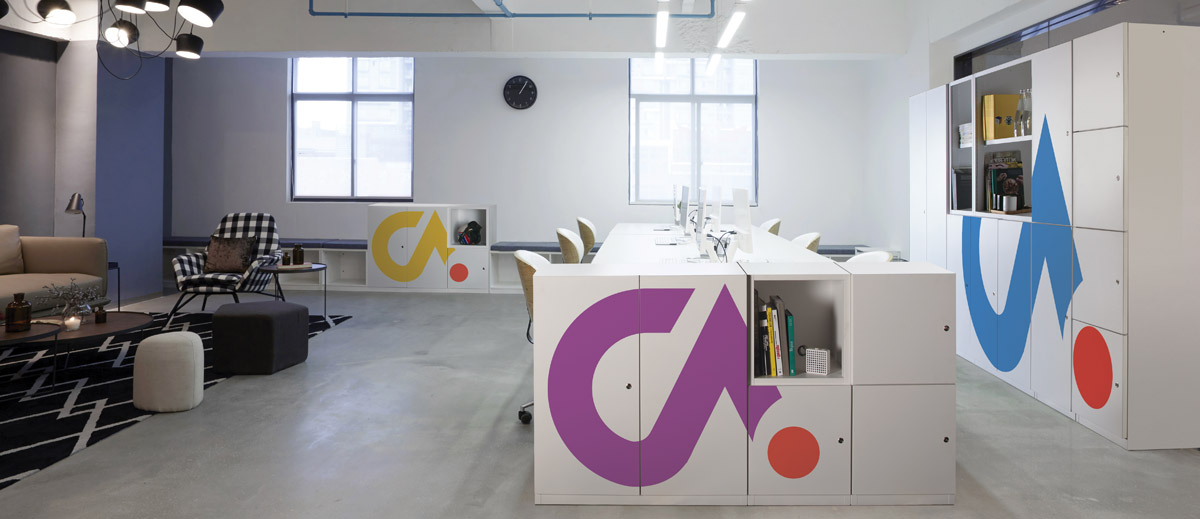
Creo
OFFICE & DESIGN
Unleash your creativity and compose the wardrobe as you wish.

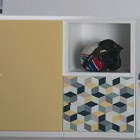
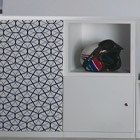

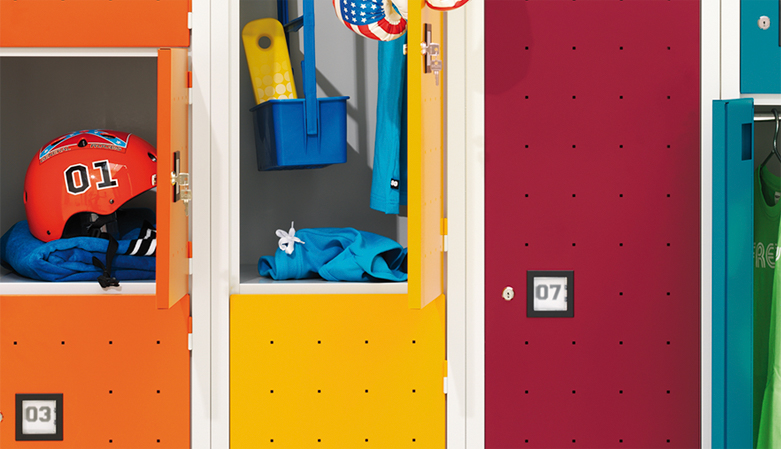
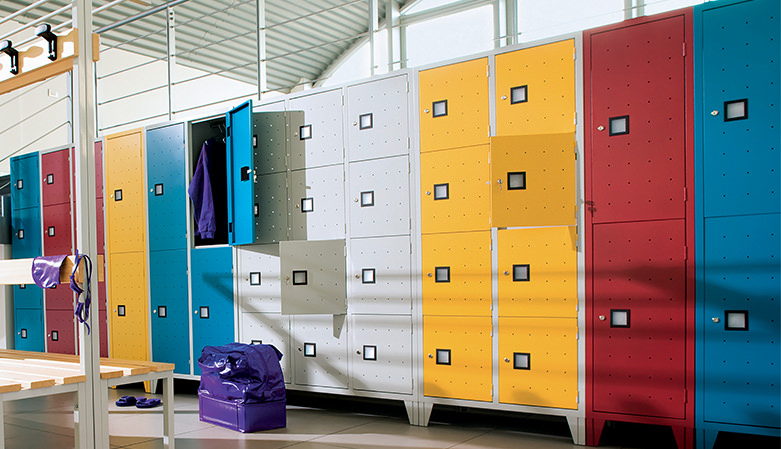
Quadro
INDUSTRY & TURNKEY PROJECT
All the versatility you are looking for, in a solution that combines functionality and design.

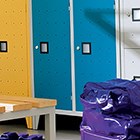
The other series
Discover the proposals that complete our catalog.
Purchasing guide for Armet cabinets
When you want to renovate offices or changing rooms, it is important to pay attention to the choice of furniture. Many considerations have to be made: the type of activity carried out, the space available, the function of the lockers, the expected content, as well as security. This guide will help you choose the solution that best suits your needs.
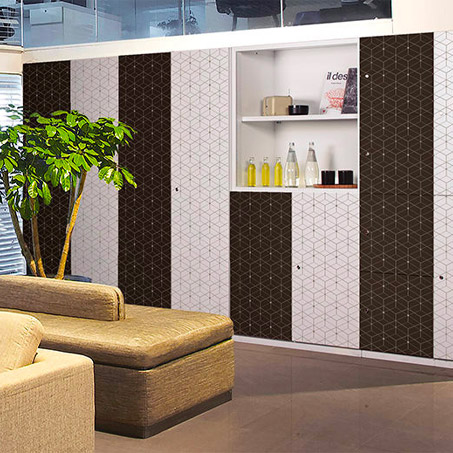
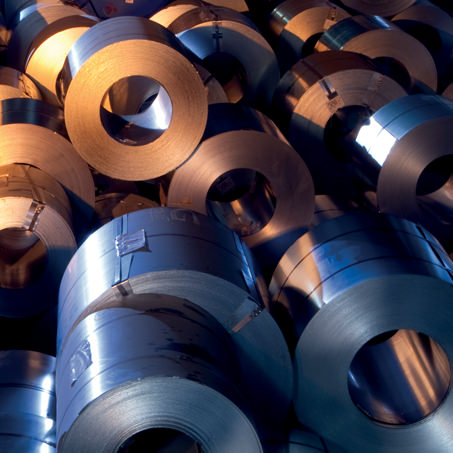

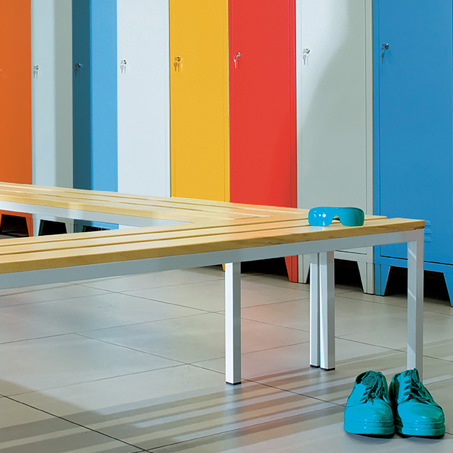

Home
In the study, in the closet, on the balcony or in any other room in the house, a cabinet is always needed. If it is colorful, beautiful to look at and harmonizes perfectly with the design of the room, it makes everything livelier and more welcoming.
Office
Contain, archive and sort documents well thematically. The closet in an office has exactly this purpose: to maintain order and facilitate the search for those who work there. For this reason, it must have shelves of adequate capacity and spaces suitable for books or binders, at a height that makes it easy to consult. Particular attention must then be paid to the colors, lines and style of the furniture that must integrate with the rest of the working environment.
Locker room at work
First of all, it must meet the workplace health and safety legislation (Legislative Decree no. 81/2008 ex law 626/94. It is necessary to consult the Consolidated Law which includes a section dedicated to lockers and to the changing room; in the doubt, however, we recommend contacting the local sanitary official).
The lockers must meet certain technical requirements and, in the case of dirty, dusty work, with the development of fumes or greasy substances in suspension, they must also have an internal division that separates the work clothes from those of daily use. An inclined roof is also often required (in order to avoid the accumulation of dust) and the possibility of being locked with a key and equipped with an appropriate air exchange system.
The construction material must be easily washable and sanitized. In the case of activities in the food field, stainless steel must be used as material, the directives to be followed are those of the HACCP system (Hazard Analysis and Critical Control Points). On the portal of Ministry of Health you can also consult the manuals of good hygiene practice. There are also cabinets properly designed for disabled people.
Sports locker room
Perhaps the most important discriminant for the sports locker is its ability to contain all the accessories such as the bag, the suit and the shoes. The space available is therefore very important. There are solutions that allow you to exploit and optimize volumes while maintaining an adequate and livable arrangement of the rooms; an example is the widely used multi compartment lockers or with L-shaped doors.
Community and specialist locker room
These are very specific products, for example the ones for Police, Traffic and Firefighters. There are also cabinets for the distribution of linen and for the containment of dangerous substances: the shelves are equipped with containers that keep any liquids. Sometimes customized solutions are required.
School lockers
The lockers, usually positioned in the corridors, must ensure the safety of the children, must be openable at 180 ° to keep escape routes free, have to contain books, school equipment and clothes. The variants usually required are multi compartments lockers, based on the needs of the institution. The variant with mixed colors is preferred to make the rooms lively and pleasant. Again, customized solutions are often provided.
Changing room food sector
Those who use these products in the food sector (production, processing and distribution) must take into account the HACCP regulation, which requires the use of washable, sanitized and disinfested lockers, with separate compartments for the storage of personal clothing and those used for work, and equipped with an inclined dust roof. The material that can be used is exclusively stainless steel.
Based on the functions of use, the choice of materials will be very important.
The most common is painted steel sheet: in addition to being robust and easy to work, it has good resistance, an excellent quality / price ratio, is light and easily customizable with color. For its high flexibility, this material can be worked in various shapes and thicknesses, and also lends itself well to being recycled. Usually the cabinet is delivered already assembled; however, if there are problems related to the dimensions, it can be supplied disassembled (kit furniture).
For use in particularly humid environments, plasticized zinc sheets or other materials are preferable. Plastic (or resin) lockers are also very
popular, ideal for outdoor use; cheaper than steel ones, but less robust, their main characteristic is not to be attacked by rust, despite the bad weather on the balconies.
When it is necessary to maintain a higher level of hygiene (for example in large restaurant kitchens or chemical laboratories), stainless steel cabinets can be used. Like those made of plastic, they resist very well to rust, are more robust than sheet metal, maintain the original color and generally have a higher cost.
As for sports environments, especially swimming pools or particularly humid gyms, the most traditional solution involves HPL or laminated lockers: it is one of the most expensive materials, but has an almost eternal duration (an economic alternative is the Water repellent melamine). Other solutions for traditionally prestigious environments such as clubs, golf and tennis clubs are solid wood or lacquered tempered glass.
With key
It is the most common. Generally supplied with 2 keys, with a single way (lever) or three safety ways. We recommend that you ask for the versions with predisposition for passepartout, and with at least a thousand different combinations. In some companies, regulations require that the cabinet be equipped with a security closing.
Padlock handle
Very common, it requires a padlock which, once inserted, locks the rotating handle thus keeping the door closed. We recommend the burglar-proof version, equipped with a system whereby the handle locked by the padlock is free to rotate, avoiding to be gripped to force the closing system. This solution has the advantage of eliminating key management.
Coin lock
It has the same concept as the shopping cart: it works with coins or tokens and can be prepared for different coins. It is normally used in
supermarkets, libraries and public places where bags or containers are not allowed.
Mechanical or electronic combination lock
These are locks with a secret number chosen by the user, normally four digits, without the need of keys. In the mechanical ones, the numbers are printed on hand-operated wheels, while in the electronic ones there is a real keypad. Normally equipped with an emergency opening system (mechanical ones with key, electronic ones with master code), they can be used in "public" or "single user" mode: the difference is that, in the public one, every time the cabinet is opened it is necessary to set the secret code again .
Electronic lock
It is the most advanced and most expensive system. The lock can be opened via badge or bracelet (RFID), remote control, smartphone (Bluetooth) and fingerprint. These are real electronic systems designed to operate "stand alone" or integrated with other IT infrastructures; the first are completely included in the locker, the second are connected to a network that can receive real-time information on the accesses and on the free cabinets. Also, in this case, emergency or master opening systems are available. Some locks can then be programmed to open automatically at a certain time of the day.
A wide range of accessories is normally available, even after purchase, to complete the functions performed by the locker, both inside and outside: inclined roof, wheels, plinths, mirrors of unbreakable material, shoe tray, adjustable feet. Coordinated in colors and shapes, there are also accessories that increase the practicality of use, such as benches with or without risers, shoes cabinets.
Customization
It is often possible to customize the furniture in size, color and finishes. The use of different materials with each other greatly expands the range of solutions. On high-level lines the furniture can be personalized with photorealistic or graphic images, transforming it more and more into a design element.
- Transport
- Unloading
- Distribution
- Installation
- Removal of packaging and residues from the rooms
These services are normally not foreseen or listed separately. Before requesting them, it is advisable to check their cost, which may increase in the presence of particular circumstances (historic centers, restricted traffic areas, etc.).
